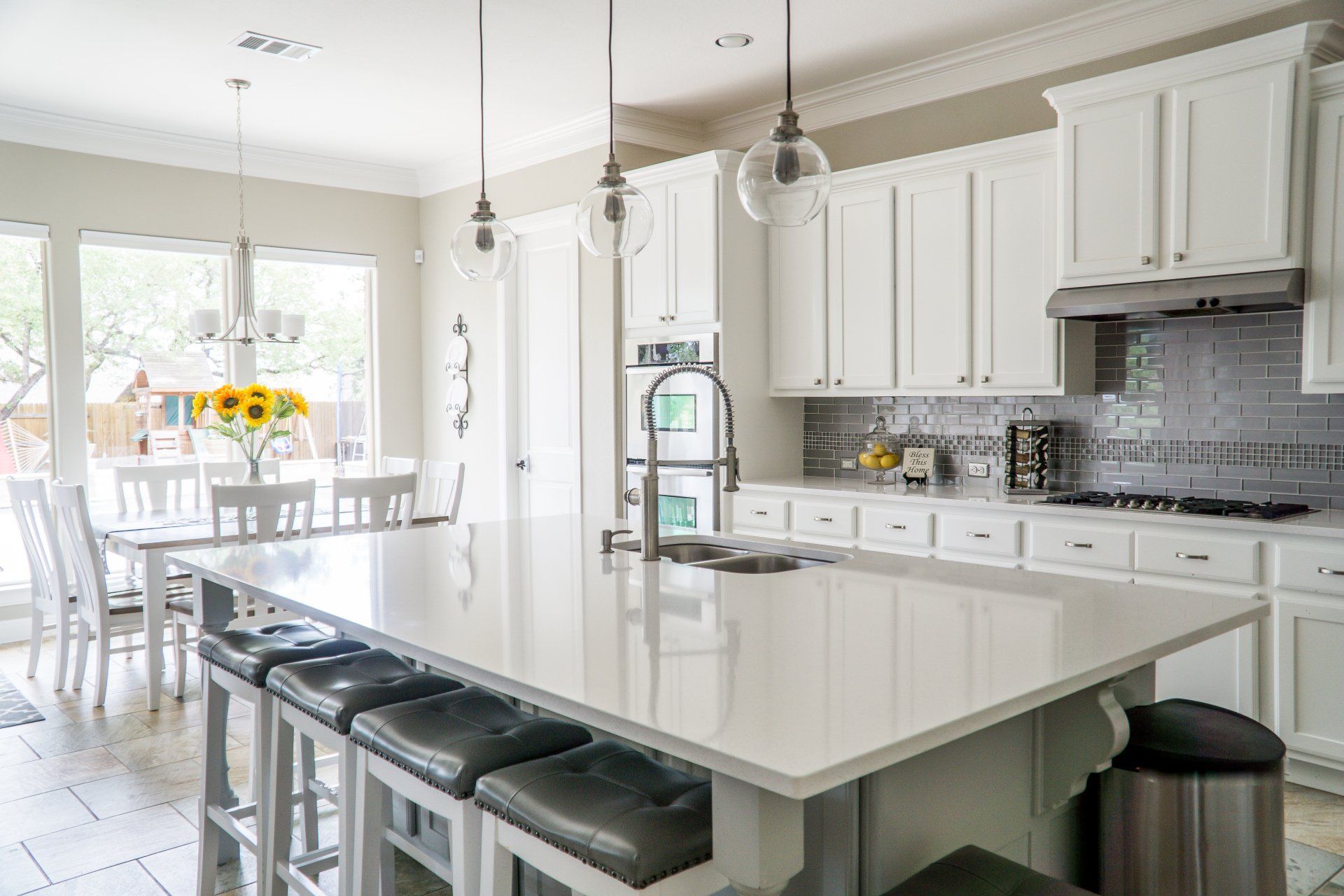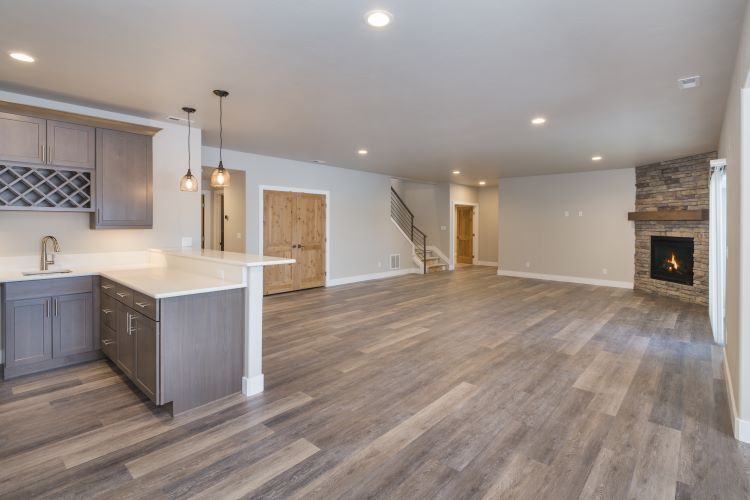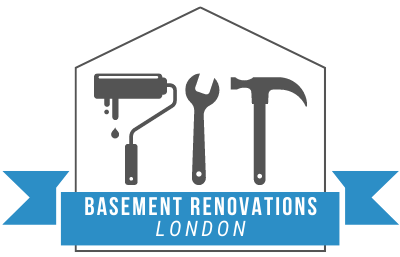Converting Your Basement into a Rental Suite

If you’re looking to make the most out of your home’s space and generate additional income, converting your basement into a rental suite can be an excellent option. This transformation can increase your property’s value and provide a steady stream of rental income. Here’s a comprehensive guide to converting your basement into a functional and attractive rental suite, brought to you by Basement Renovations London, your local experts in London, Ontario.
Why Convert Your Basement into a Rental Suite?
1. Additional Income
One of the primary benefits of converting your basement into a rental suite is the potential for additional income. With the high demand for affordable housing, a well-designed basement suite can attract long-term tenants, helping you cover mortgage payments or save for future investments.
2. Increased Property Value
A finished basement, especially one that serves as a rental unit, can significantly increase your property’s market value. Potential buyers often see the added suite as a bonus, which can make your home more appealing.
3. Maximizing Unused Space
Basements are often underutilized, serving as storage for seldom-used items. By converting this space into a rental suite, you’re maximizing your home’s footprint and making the most of every square foot.
Key Considerations for Basement Conversion
1. Legal Requirements
Before starting your renovation, it’s crucial to understand the legal requirements in London, Ontario. You’ll need to ensure your basement suite complies with local building codes, zoning laws, and fire safety regulations. This might include installing egress windows, proper ventilation, and smoke detectors. Consulting with a professional renovation company can help you navigate these regulations.
2. Design and Layout
A successful basement conversion requires careful planning of the design and layout. Consider what amenities will make the space comfortable and functional for tenants. This typically includes:
- Private Entrance: Ensure there’s a separate, private entrance for tenants.
- Kitchen: A small kitchen or kitchenette with essential appliances.
- Bathroom: A full bathroom with modern fixtures.
- Living Area: A cozy living space that can double as a bedroom in smaller layouts.
- Storage: Adequate storage solutions to keep the space organized.
3. Insulation and Soundproofing
Basements can be prone to temperature fluctuations and noise from the upper levels of the house. Proper insulation and soundproofing are essential to create a comfortable living environment. This includes insulating walls, ceilings, and floors, and using soundproofing materials to minimize noise disturbances.
4. Lighting and Ventilation
Basements often lack natural light and ventilation, making it essential to incorporate sufficient lighting and airflow. Large egress windows can provide natural light and serve as emergency exits. Additionally, using a combination of overhead lights, floor lamps, and under-cabinet lighting can brighten the space. Installing proper ventilation systems will ensure fresh air circulation.
5. Flooring and Moisture Control
Choosing the right flooring is crucial in a basement renovation. Opt for moisture-resistant materials like vinyl, tile, or engineered hardwood to prevent issues with dampness. Installing a vapor barrier and sump pump can also help manage moisture levels and prevent water damage.
Steps to Convert Your Basement
1. Plan and Design
Start by creating a detailed plan and design for your basement suite. This includes deciding on the layout, choosing materials, and estimating costs. Work with a professional renovation company to ensure your design meets all legal and functional requirements.
2. Obtain Permits
Before beginning construction, secure all necessary permits from local authorities. This step is crucial to ensure your renovation complies with all building codes and regulations.
3. Structural Work
Begin the renovation by addressing any structural issues, such as reinforcing the foundation, waterproofing, and installing egress windows. This step lays the foundation for a safe and stable rental suite.
4. Electrical and Plumbing
Next, focus on the electrical and plumbing work. This includes installing new wiring, outlets, lighting fixtures, and plumbing for the kitchen and bathroom. Ensure all work is done by licensed professionals to meet safety standards.
5. Insulation and Drywall
Insulate the walls, floors, and ceilings to improve energy efficiency and soundproofing. Once insulation is complete, install drywall and finish the walls and ceilings.
6. Flooring and Finishing Touches
Choose and install your flooring, ensuring it’s suitable for basement conditions. Add finishing touches like painting, trim work, and installing fixtures and appliances.
7. Furnishing and Decorating
Finally, furnish and decorate the space to make it inviting for tenants. Choose durable, easy-to-clean materials and consider adding storage solutions to maximize the functionality of the space.
Conclusion
Converting your basement into a rental suite is a smart investment that can provide numerous benefits, from additional income to increased property value. By following the steps outlined in this guide and working with professionals like Basement Renovations London, you can transform your underutilized basement into a beautiful, functional living space.
Whether you’re looking to attract long-term tenants or provide a comfortable space for family members, a well-designed basement suite is a valuable addition to any home.
You might also like



Basement Renovations London
Your local renovation experts
Navigation
Navigation
Services
Working hours
- Mon - Sat
- -
- Sunday
- Closed
Copyright Basement Renovations London | Proudly Powered by Snapps

